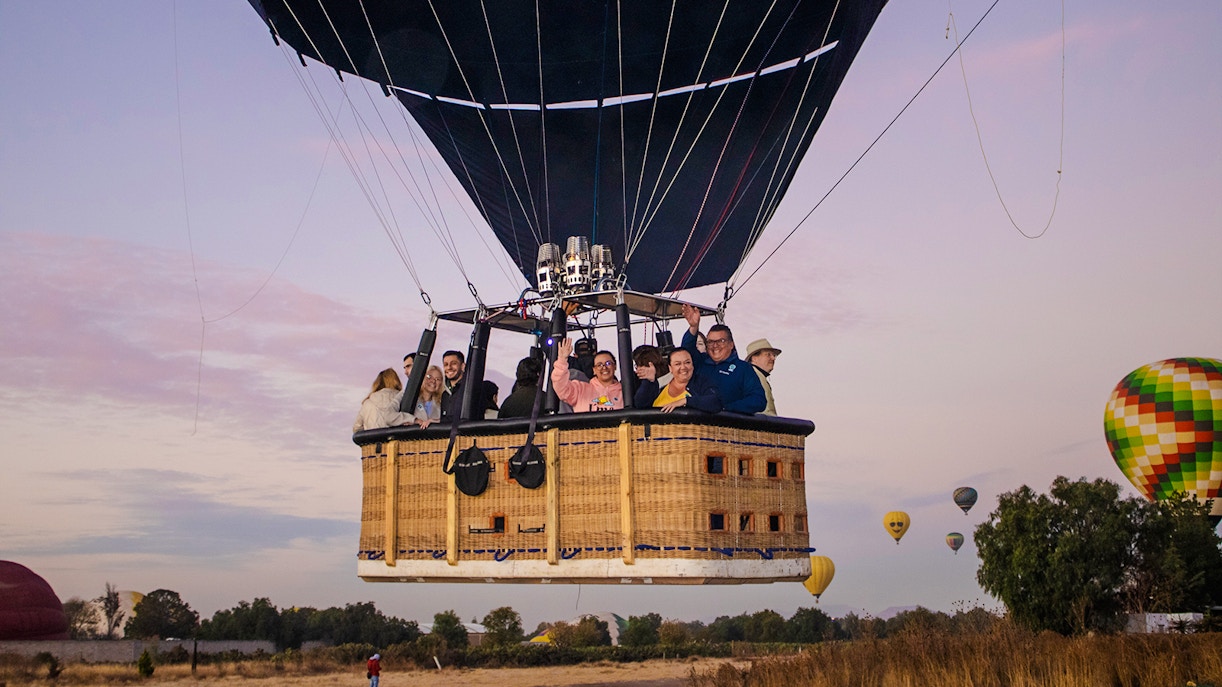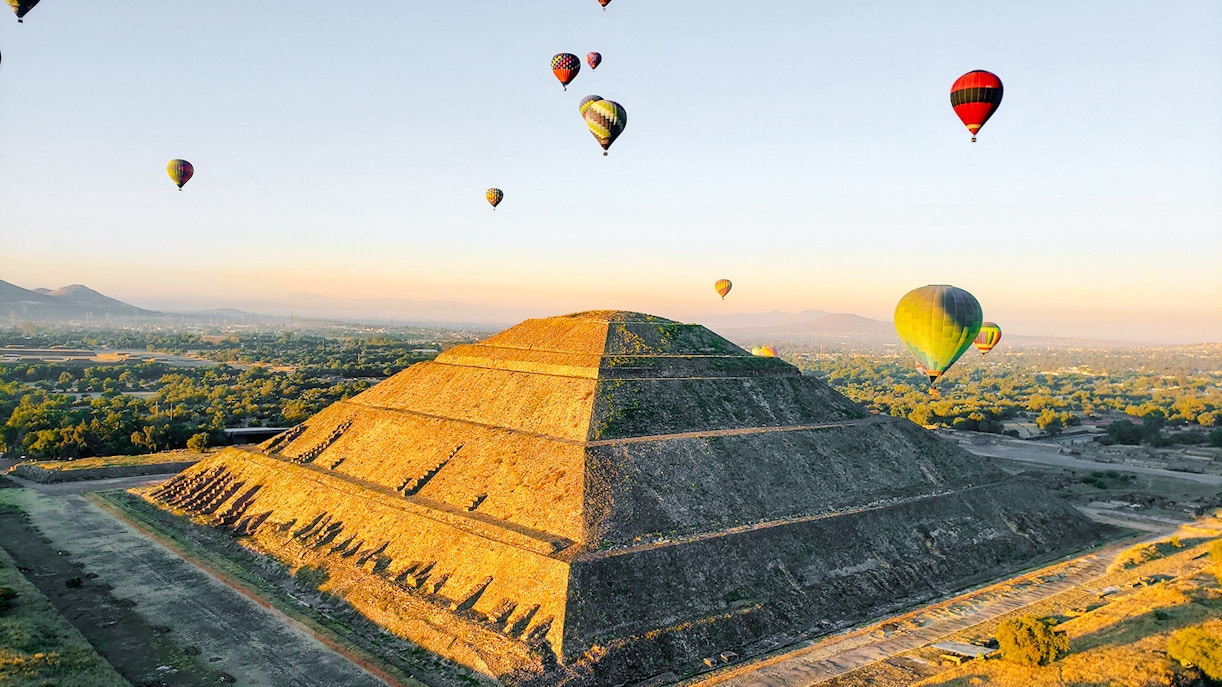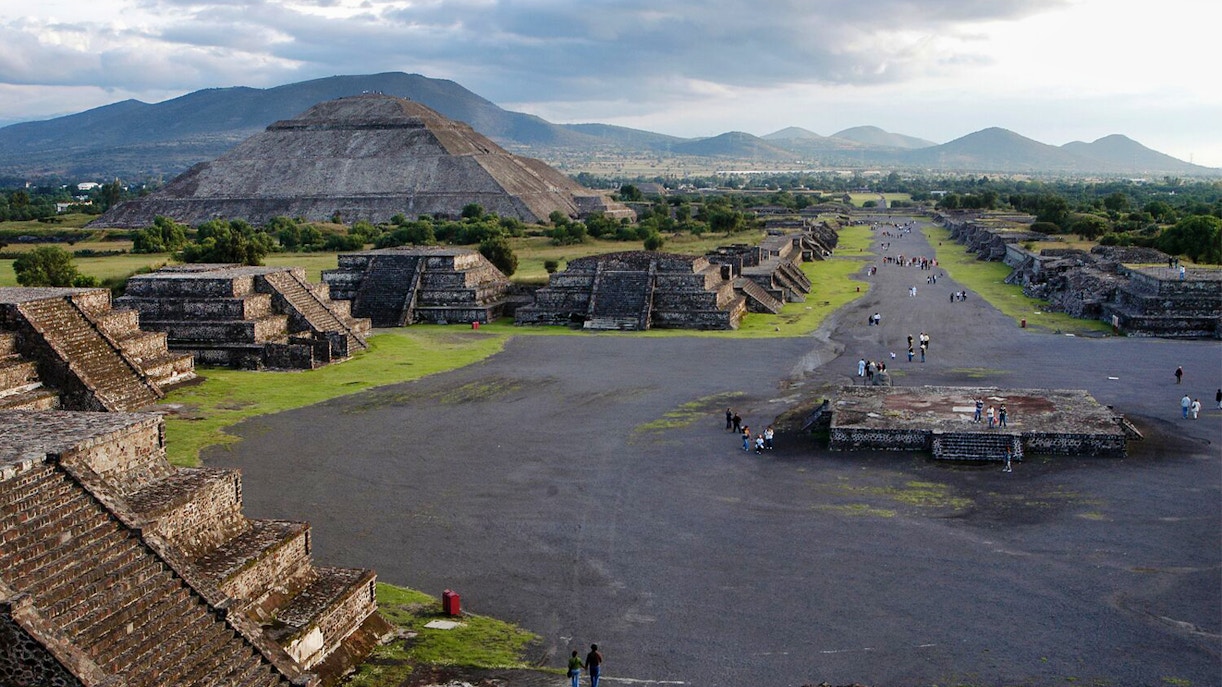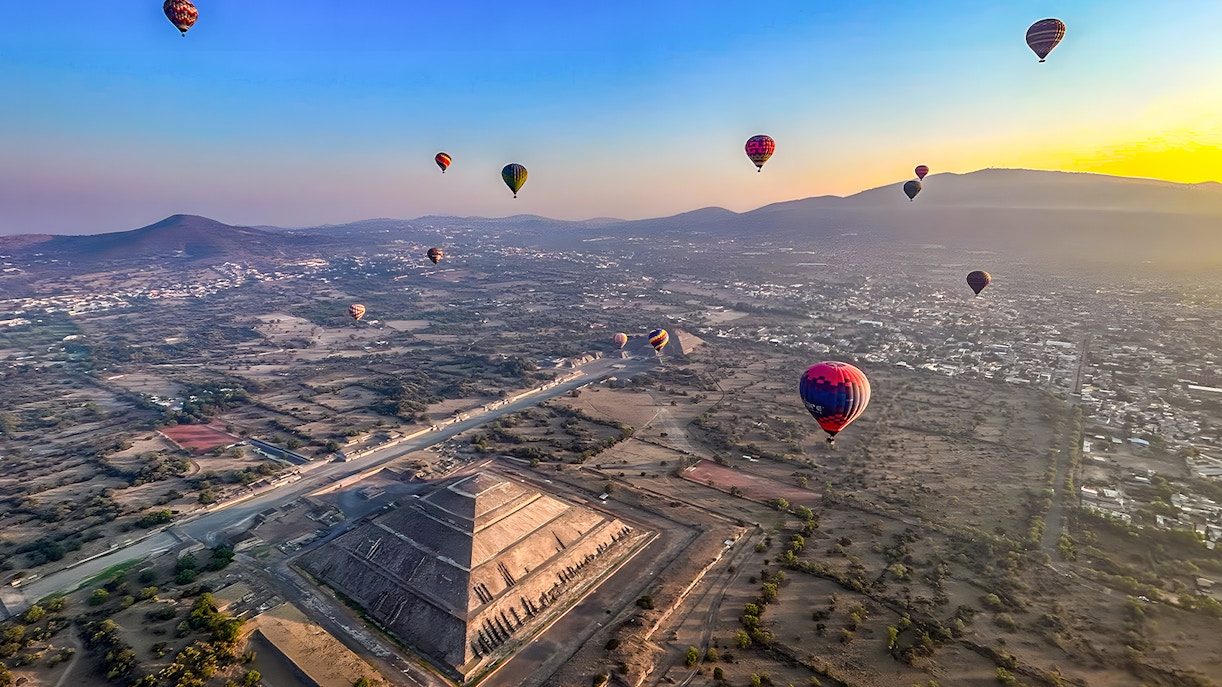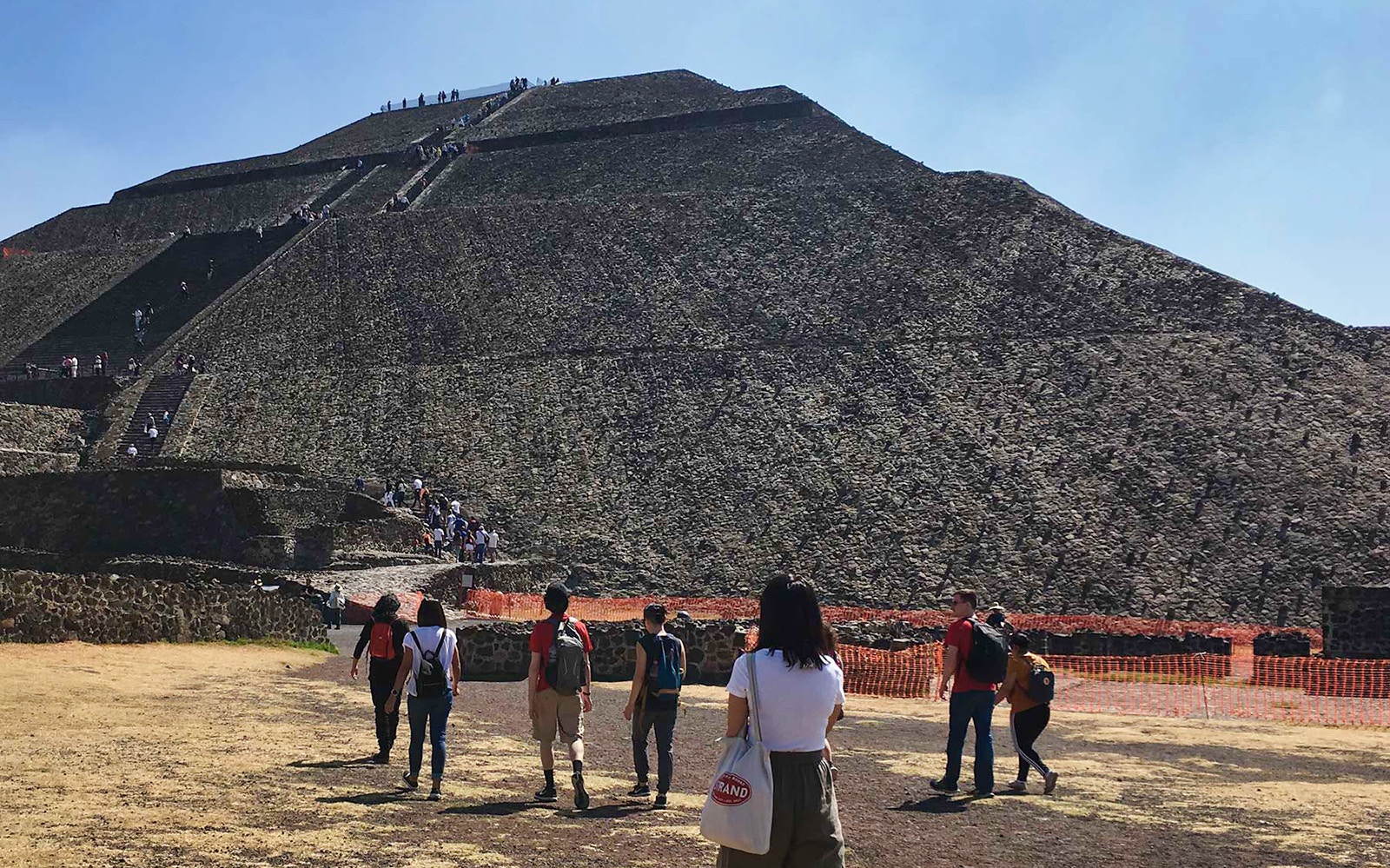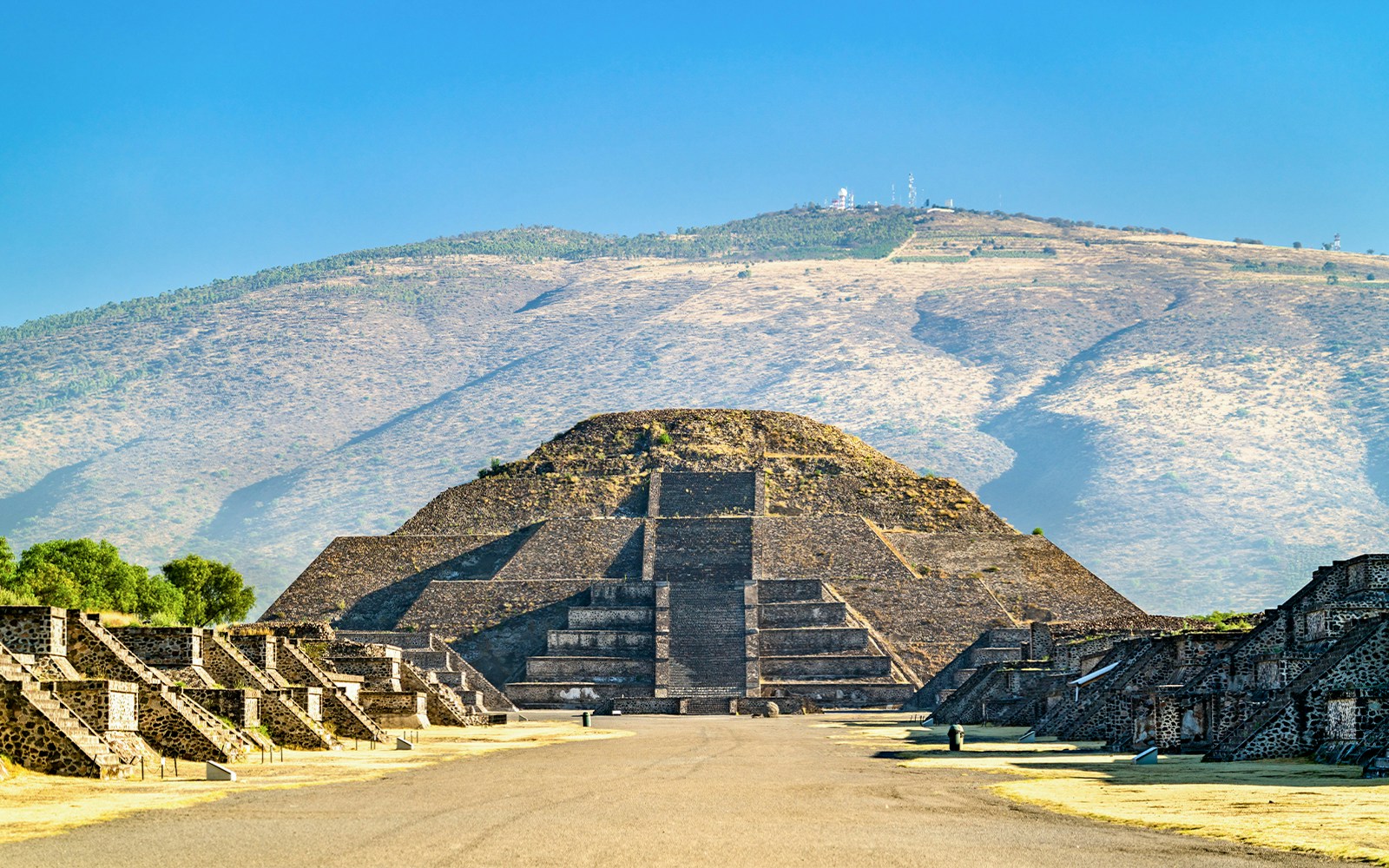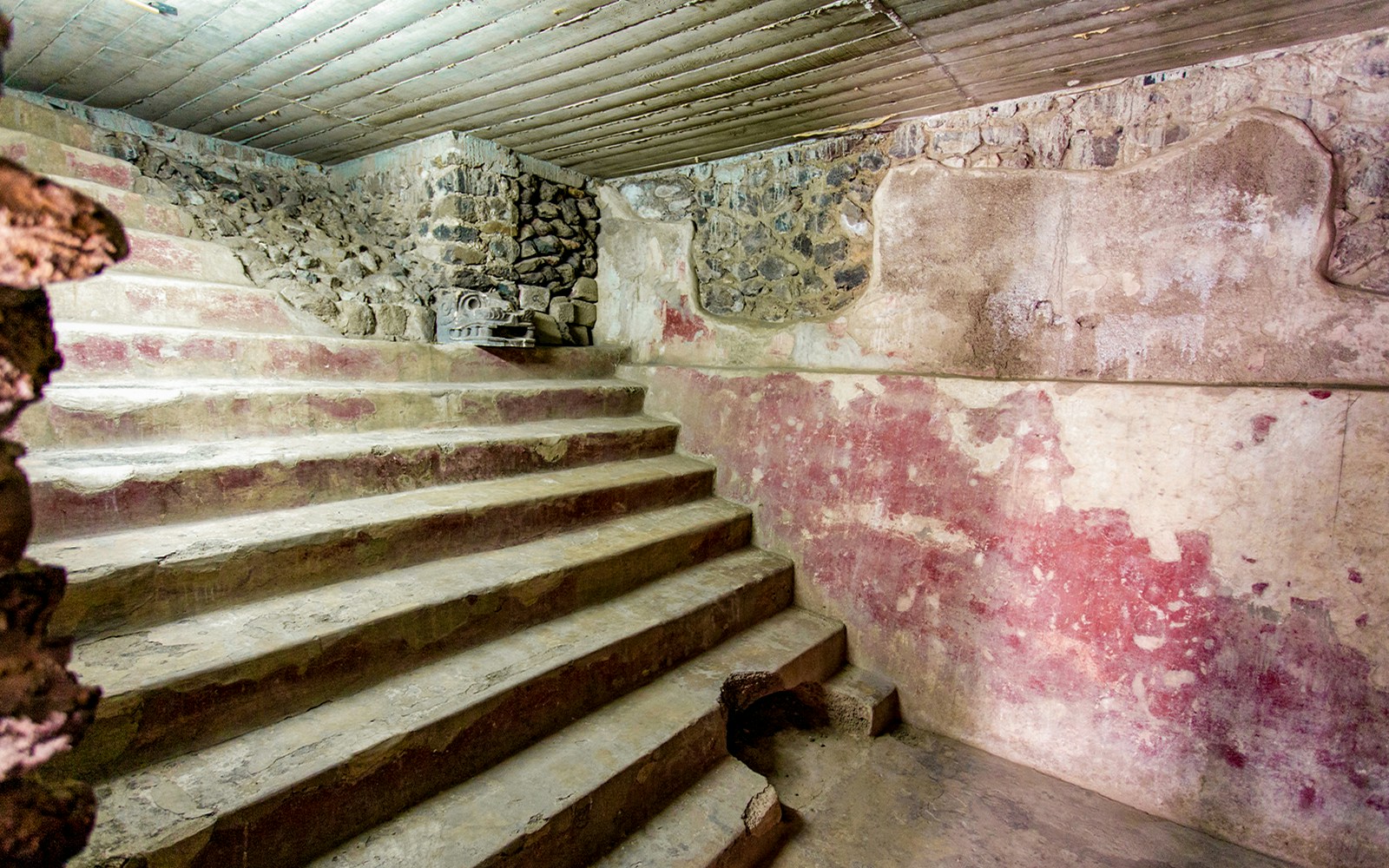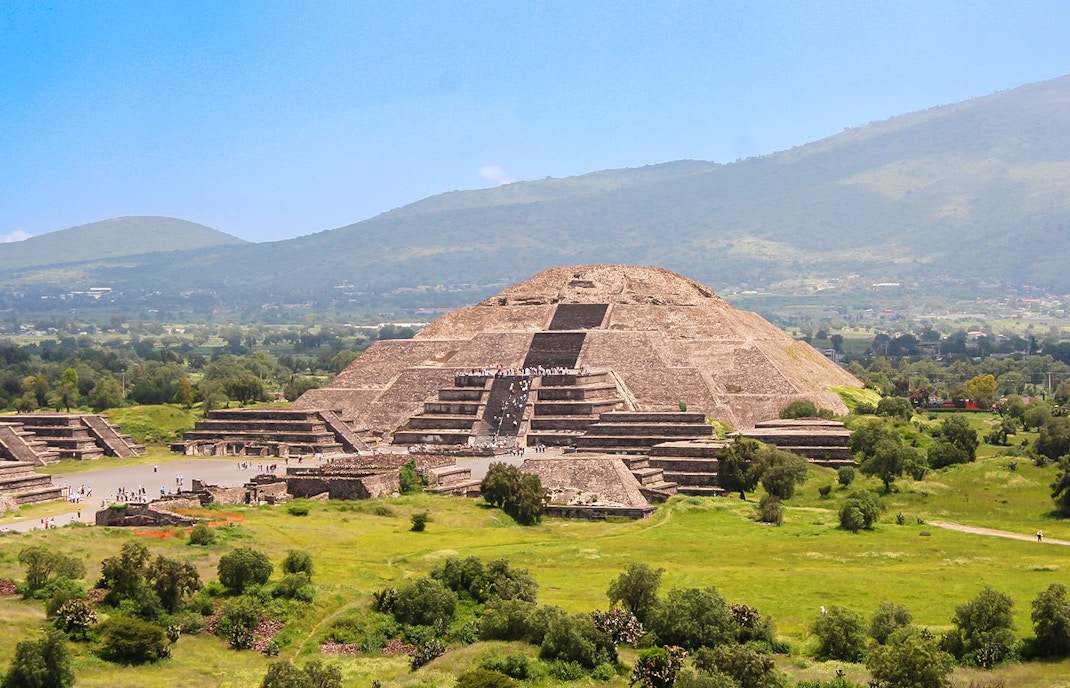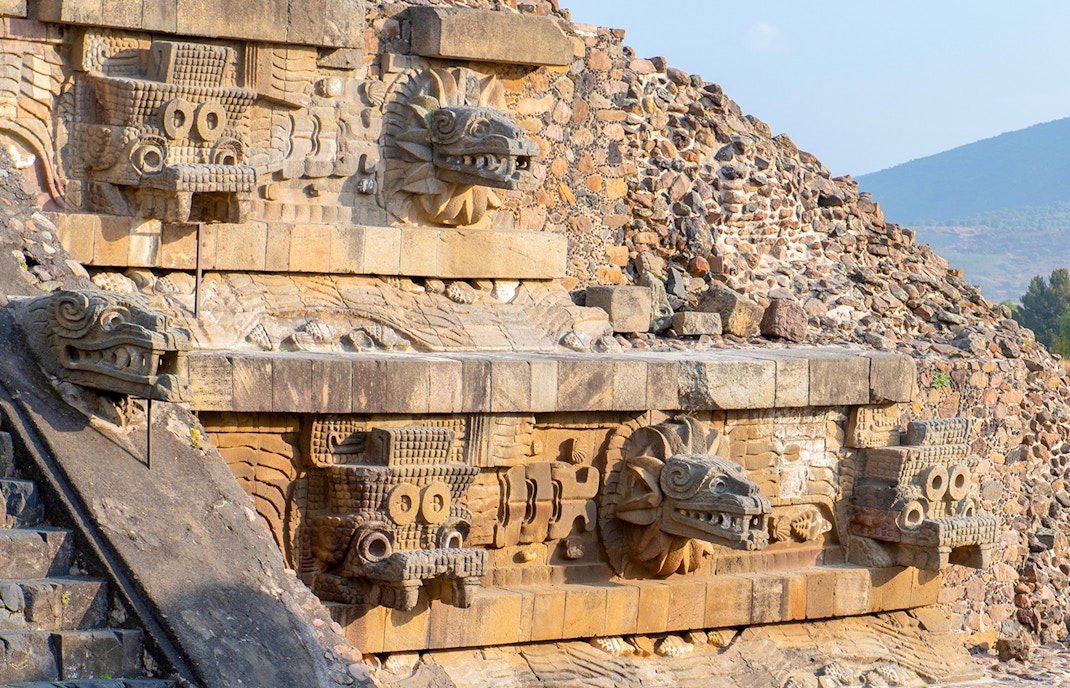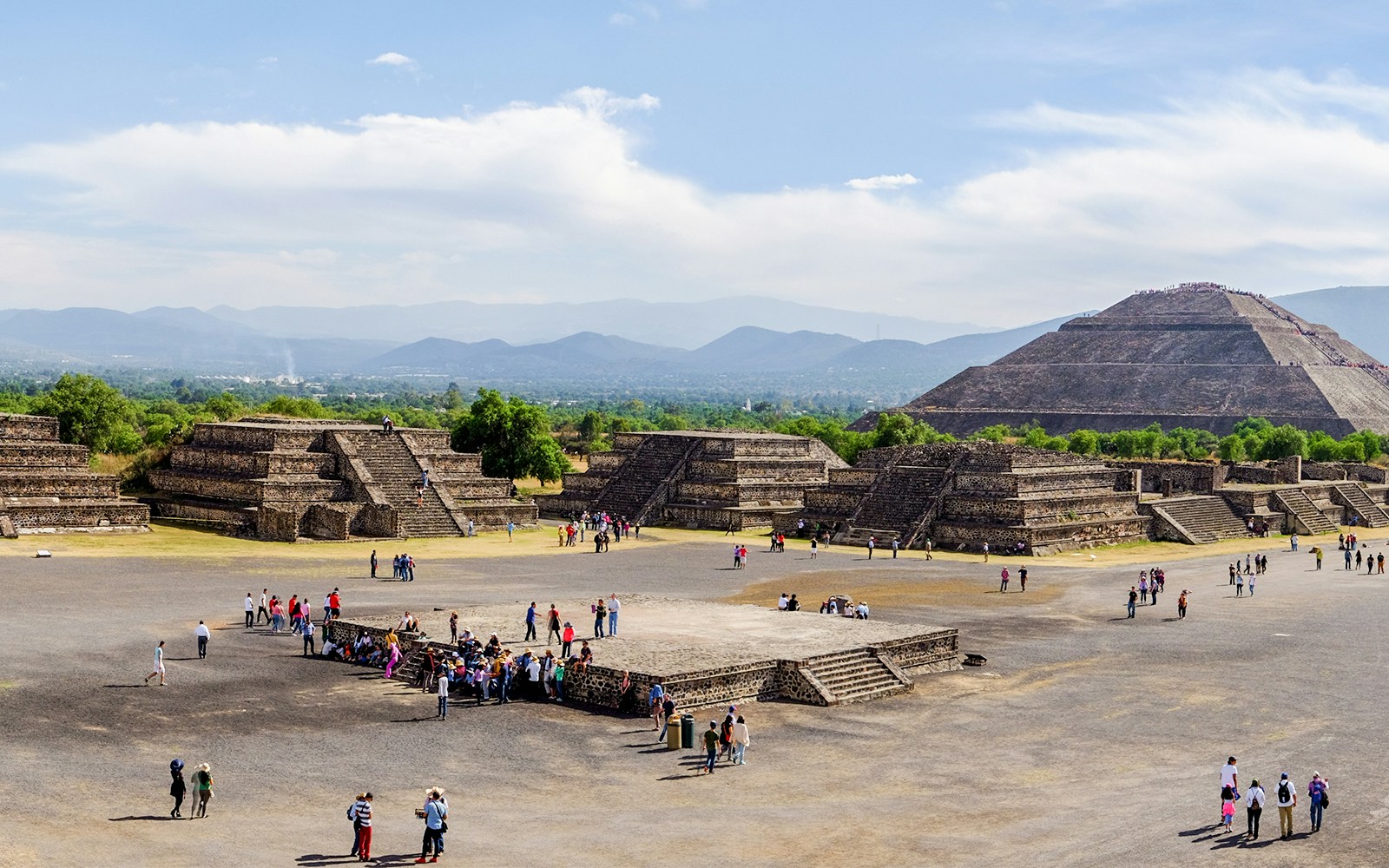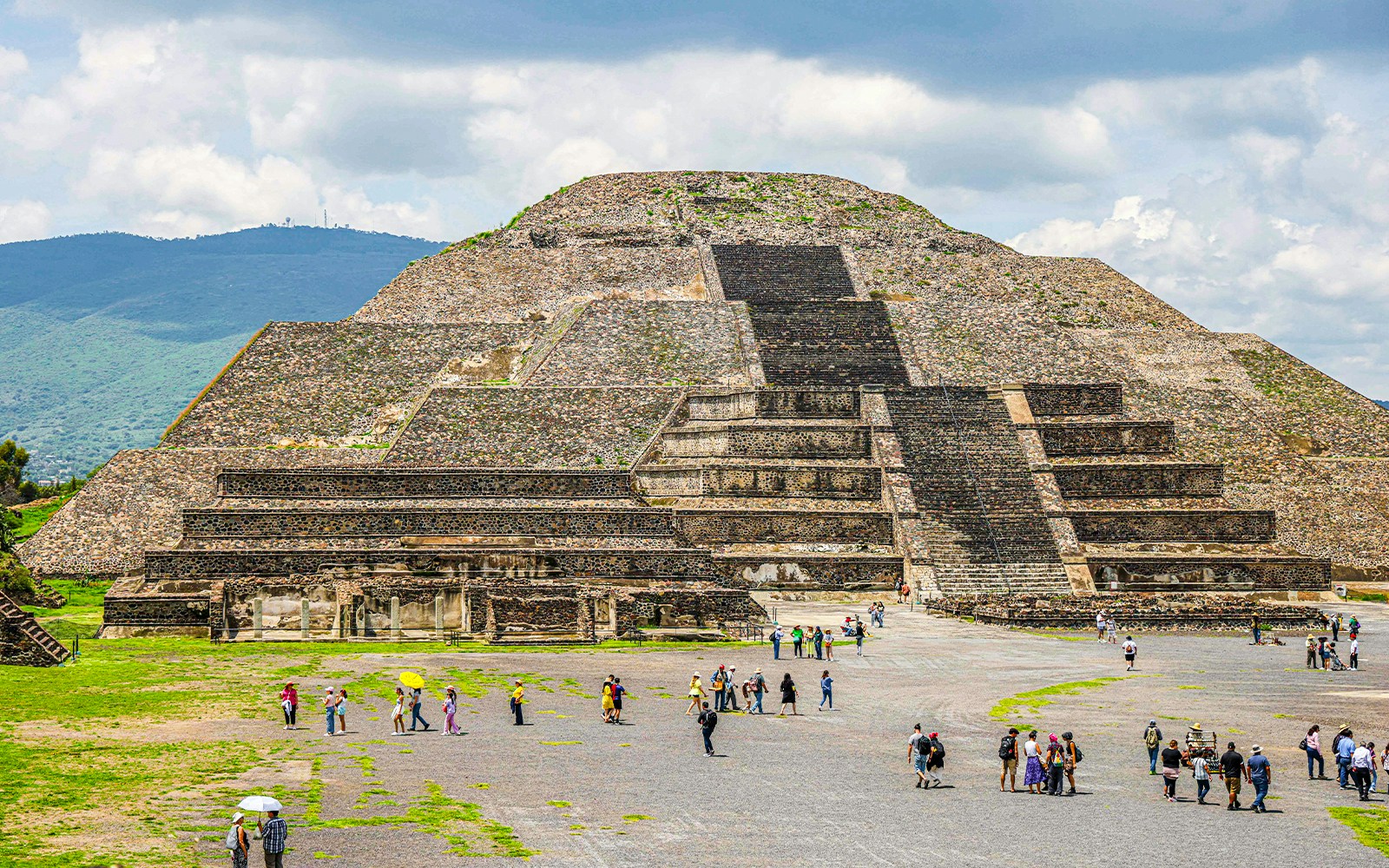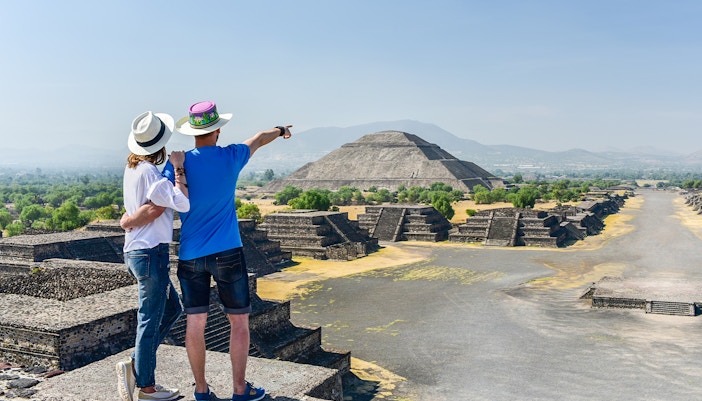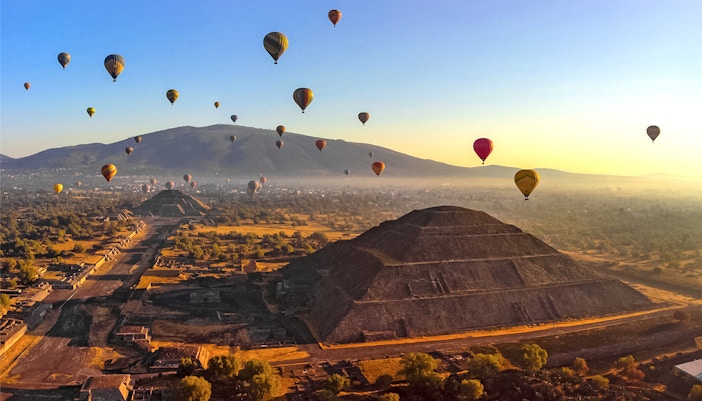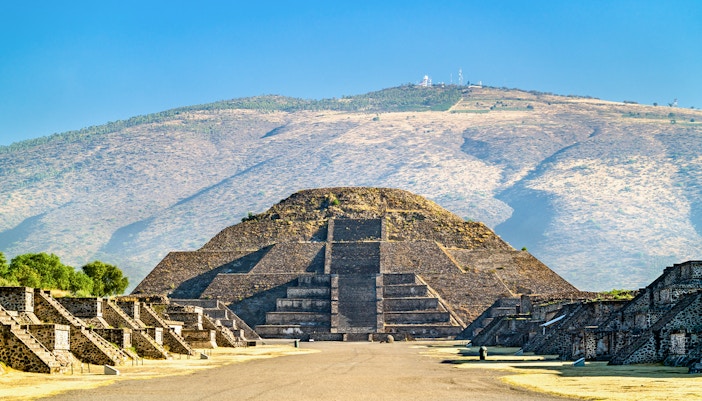Teotihuacán’s biggest mystery: Who is buried there?
Unlike Egyptian pyramids, the pyramids of Teotihuacán were never used as royal tombs, or at least none were found. However, in 2003, a tunnel was discovered beneath the Temple of the Feathered Serpent, revealing something incredible.
Inside the tunnel, archaeologists uncovered over 75,000 artifacts, including intricately carved statues, jade masks, and human remains. The walls were coated with liquid mercury, and the ceiling was embedded with fool’s gold (pyrite), reflecting light like a starry sky. It was unlike anything found before, leading experts to believe it might be a symbolic underworld or even the final resting place of a forgotten ruler.
Here’s the catch—no definitive royal tomb has ever been found. Some believe the bodies of Teotihuacán’s elite were hidden even deeper underground, while others suggest their remains were cremated, leaving no trace. Whatever the truth is, it’s still buried beneath Teotihuacán, waiting to be uncovered.
All about the Pyramid of the Sun

